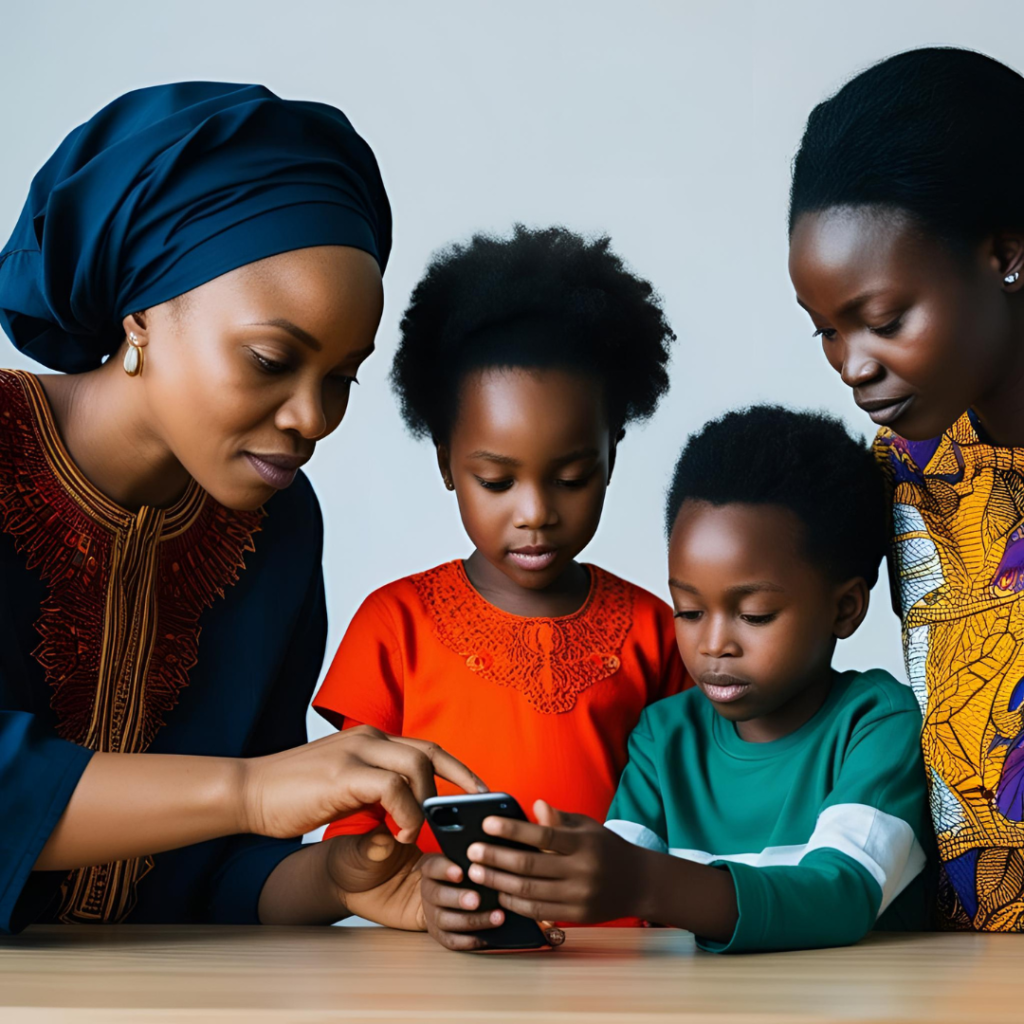
Ensuring children know how to react in emergencies is vital for their safety. Whether they get lost, feel unsafe, or face a medical emergency, having the right tools and knowledge can make all the difference. A personal safety app in Nigeria or anywhere in Africa can empower children to call for help with a single tap.
With increasing security concerns and unpredictable emergencies, teaching kids how to use an emergency alert app is a crucial step in family emergency preparedness. This guide will walk you through practical strategies to teach children about panic button apps for emergencies, ensuring they are confident and prepared to use them when needed.
Why Kids Should Learn to Use Emergency Alert Apps
- Quick Access to Help – With an SOS app for emergencies, children can immediately notify trusted contacts and responders if they are in danger.
- Independence & Confidence – Teaching kids to use safety apps helps them feel more in control in case of an emergency.
- Real-Time Location Sharing – Many apps provide real-time location sharing, ensuring guardians can track their child’s whereabouts.
- Prevention of Harm – In high-risk situations like getting lost in a public place or encountering strangers, an emergency alert app provides an extra layer of security.
How to Teach Kids to Use an Emergency Alert App
1. Choose the Right App for Your Child
Not all emergency apps are child-friendly. Consider apps that are easy to navigate, such as:
- ShepherdView – A security alert system in Africa with a user-friendly interface, panic button, Real-Time Location Sharing, and Get Help for Others feature.
- bSafe – Features voice-activated SOS and fake calls for added safety.
- Life360 – Ideal for family tracking and emergency alerts.
2. Explain the Purpose of the App
- Use simple language to explain what the panic button for emergencies does.
- Teach them situations where they may need to use the app, such as:
- Feeling unsafe while walking home.
- Getting separated from family in public.
- Witnessing someone else in distress.
3. Walk Them Through the Features
- Show them how to activate the panic button – Teach them to press it when they feel threatened or need help.
- Demonstrate real-time location sharing – Let them see how their location updates in real time.
- Practice sending test alerts – Guide them through the process of notifying emergency contacts.
4. Role-Playing Emergency Scenarios
- Lost in a Shopping Mall – Simulate a scenario where they must use the app to alert you.
- Approached by a Stranger – Teach them to press the panic button discreetly.
- Seeing Someone Else in Danger – Show them how to use the Get Help for Others feature to notify nearby responders.
5. Set Up Emergency Contacts Together
- Add trusted contacts (parents, guardians, or close relatives).
- Ensure they understand who will receive their alert when they press the panic button.
6. Reinforce Safe Habits
- Teach kids to stay aware of their surroundings and avoid unsafe areas.
- Encourage them to trust their instincts – if something feels off, they should use the app.
- Regularly review and practice using the app to keep them prepared.
You should check these too:
Conclusion: Empower Kids with the Right Safety Tools
Emergencies are unpredictable, but preparation makes all the difference. By teaching children to use an emergency alert app, you’re equipping them with a vital life skill. The best safety apps in Africa, like ShepherdView, provide a panic button for emergencies, real-time location sharing, and the ability to Get Help for Others, ensuring that children and families remain protected.
Download ShepherdView now and teach your kids how to stay safe in any situation.
Stay prepared. Be safe, Home & Away with ShepherdView.